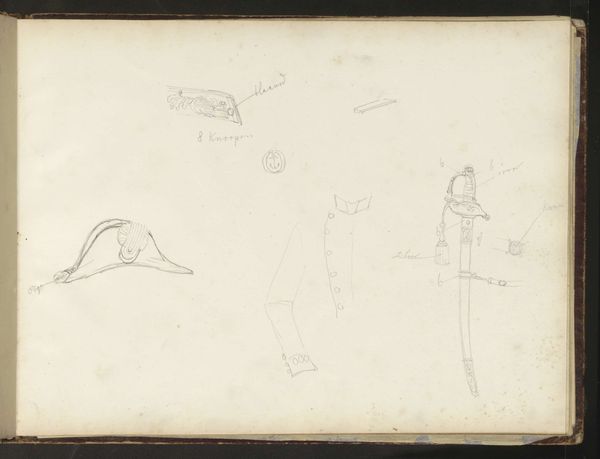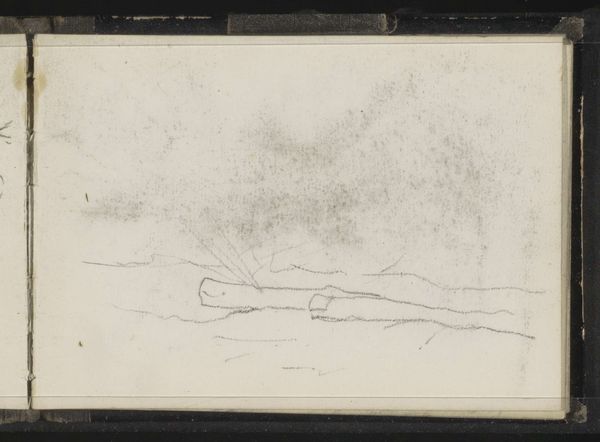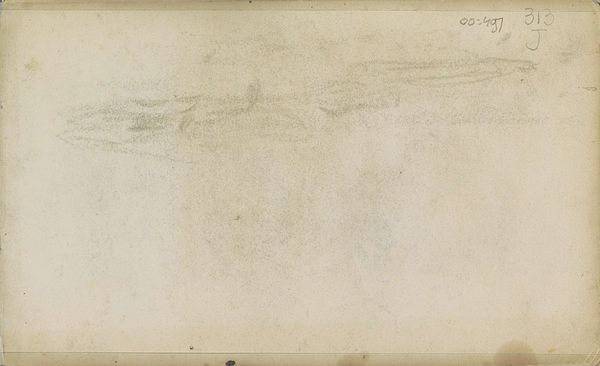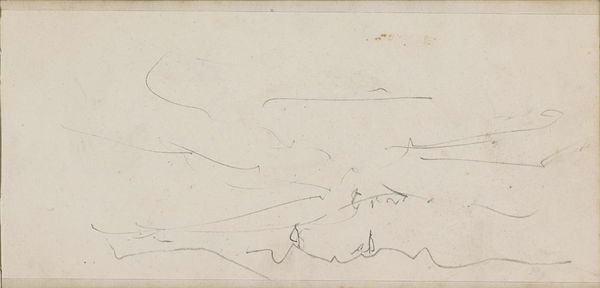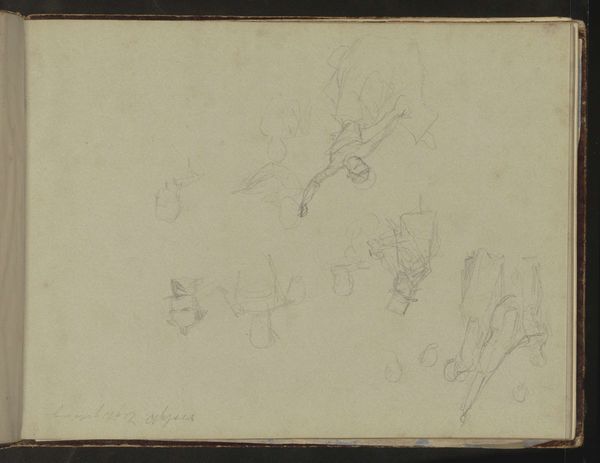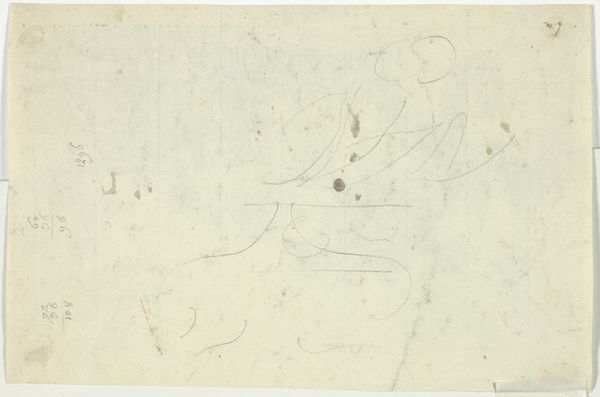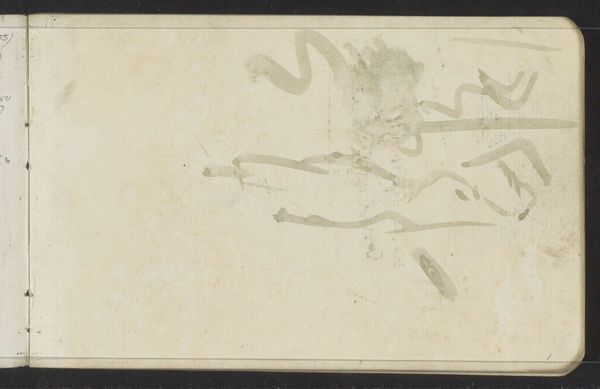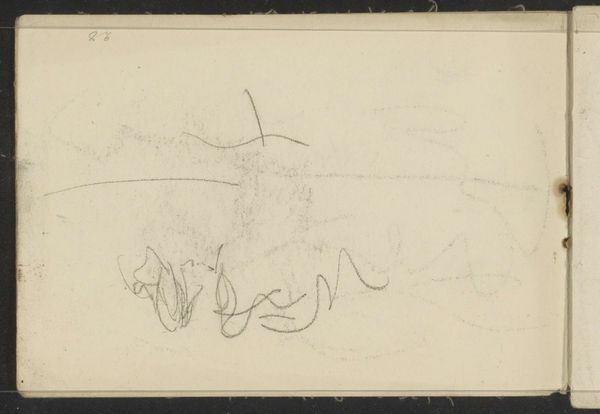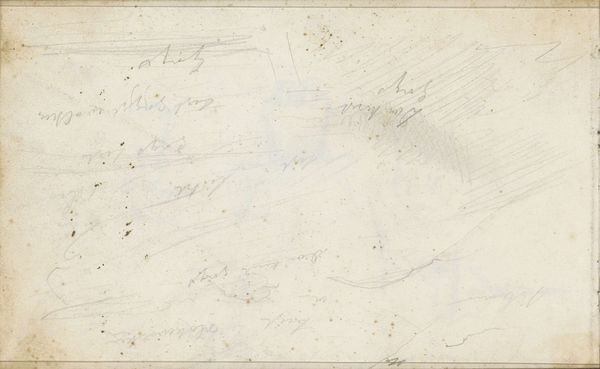
drawing, paper, pencil
#
drawing
#
landscape
#
paper
#
pencil
#
realism
Copyright: Rijks Museum: Open Domain
Curator: Welcome. Before us is Johannes Tavenraat's "Landschap met een molen," created sometime between 1842 and 1868. The artwork on paper is executed in pencil and is currently held in the Rijksmuseum collection. Editor: My first impression is of quietude. It's a very understated landscape, almost ephemeral in its delicate pencil strokes. There's a certain stillness and also something unfinished, provisional, perhaps. Curator: Yes, and if we consider Tavenraat's landscapes within the context of Dutch Realism, we might explore themes of national identity. The windmill, after all, became such a potent symbol, both literally and metaphorically powering the Netherlands through land reclamation and industry. How does its presentation, or lack thereof, play into its narrative here? Editor: The artist’s choice of pencil as the medium becomes rather compelling. Pencil inherently demands erasure and rework, pointing toward the labor-intensive crafting of even the seemingly effortless pastoral life and all the artifice inherent to the form of drawing, making the land visible in the process of becoming visible, rather than already resolved or perfected. Curator: I would push this further, asking if the 'unfinished' quality signals something about access too. Landscapes during this period served not just as celebrations of the Dutch countryside but became increasingly entwined with ideas about belonging, immigration, access to the commons, land use... whose vision does it represent? Editor: That reading underscores my perception of "stillness." By omitting much detail, there's an emptiness that forces us to engage. As a materialist reading suggests, it's never truly 'empty,' but full of unrealized potential, latent energy perhaps. The drawing holds something back; we're being asked to co-produce the vision here, just as so many were put to labor on the land in Holland, their contribution always underacknowledged. Curator: Precisely. By examining absences as much as presences, it becomes apparent that a piece such as "Landschap met een molen" prompts us to consider how art mirrors not just scenes but the conditions and unevenness within broader social structures. Editor: Thank you, considering how those forces may manifest in materials and process helps us better understand an artwork's meaning and legacy.
Comments
No comments
Be the first to comment and join the conversation on the ultimate creative platform.

